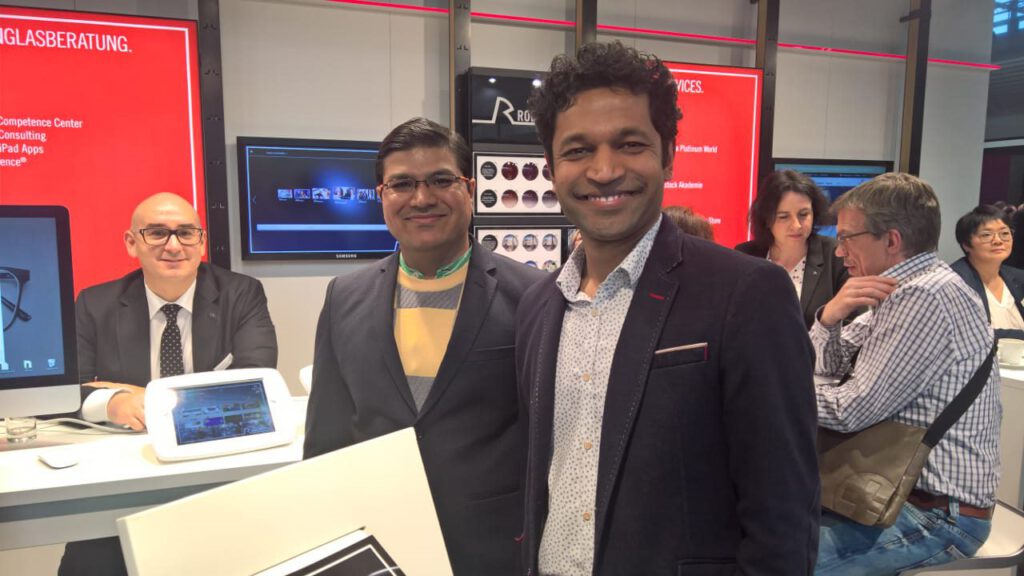
A large enterprise client managing product licenses for 7,000 users was dealing with an inefficient, manual system that relied on Excel and a single individual for tracking. Each license cost $1,000, and the company was losing money due to:
- Delayed processing of license requests, affecting employee productivity.
- Licenses remaining tied to former employees, wasting resources.
- Licenses not properly reallocated when users changed devices.
The client sought a solution to automate license management, reclaim unused licenses, and streamline operational efficiency while minimizing risks associated with poor software practices and security vulnerabilities.
The aging codebase and minimal test coverage presented significant challenges for the client. The heavily customized nature of the software—tailored to meet the specific needs of each automotive customer—made updates complex and time-consuming. This led to frequent delays and issues with software quality.
The client’s team had been operating under traditional development models, which lacked the iterative, flexible approach needed to meet evolving industry demands. As a result, the client struggled to keep pace with market requirements, causing bottlenecks in both software delivery and quality assurance.
The client sought to modernize their development practices by adopting agile methodologies, improving test coverage, and enhancing the overall software delivery process.


Rodenstock, a leading manufacturer of premium eyewear, faced the challenge of enhancing the sales experience for their high-end glasses. Opticians, responsible for selling these glasses, were using outdated pen-and-paper consultations that did not engage or inspire modern customers. Rodenstock needed to create a premium, technology-driven experience that would reflect the quality of their eyewear and help opticians effectively sell premium products.
